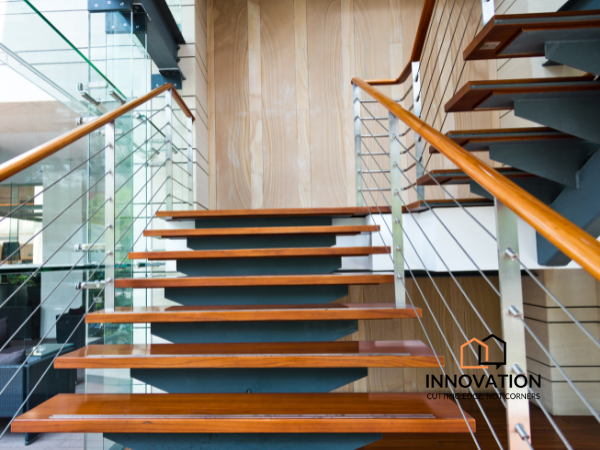
How to Choose the Right Staircase Design for Your Interior
Choosing the right staircase isn’t just about moving between floors—it’s about creating a feature that ties together your space in both function and form. Whether you’re remodeling your home or building from scratch, the staircase plays a central architectural and aesthetic role. Here’s what to consider when selecting the ideal staircase design for your interior.
1. Consider Your Available Space
Before diving into materials or styles, first assess the layout and size of your space.
- Straight staircases are classic and efficient for longer walls.
- L-shaped or U-shaped staircases work well for tighter areas and add a sense of elegance.
- Spiral staircases are perfect for maximizing space in small rooms, but they may limit furniture movement.
Think about foot traffic, safety, and furniture flow to ensure your chosen layout serves your lifestyle.
2. Match the Style of Your Home
Your staircase should complement the overall design language of your interior.
- Traditional homes often suit wooden railings and detailed newels.
- Modern designs lean toward floating steps, glass panels, or steel frames.
- Transitional styles allow for blending natural wood with minimalist lines.
When in doubt, a custom staircase gives you flexibility to create the exact balance between style and practicality.
3. Choose the Right Materials
The materials you choose affect both appearance and durability. Popular options include:
- Hardwoods (oak, maple, walnut): Elegant, warm, and timeless.
- Glass panels: For open-concept spaces and a contemporary vibe.
- Metal frames: Industrial strength with modern character.
- Cable railings: Sleek and safe for families with children or pets.
Make sure the materials align with your usage needs, lighting conditions, and safety preferences.
4. Prioritize Safety and Building Codes
Style matters—but safety is non-negotiable. Local building codes in Massachusetts (and elsewhere) regulate:
- Stair height and tread depth
- Handrail requirements
- Railing spacing (especially for families with kids)
Working with a licensed custom carpenter ensures your staircase is both beautiful and compliant.
5. Think Long-Term Functionality
Finally, consider how your needs might evolve:
- Will the staircase remain practical as your family grows or ages?
- Does the design allow for safe use at night?
- Are the materials easy to maintain?
A custom staircase isn’t just a statement piece—it’s a daily-use structure. Choose comfort and functionality that last.
🛠️ Build a Staircase That Fits Your Life
Your staircase is more than just a connector—it’s a cornerstone of your home’s personality and flow.
At Innovation Carpentry, we design and install staircases that reflect your unique taste, needs, and lifestyle.
📞 Let’s Design the Perfect Staircase Together
From traditional craftsmanship to modern innovation, we’ll help you take the next step.
